Jim Boykin provides rather interesting insight as to what type of sites we are likely to find on the first page of Google. I don’t buy it hook, line, and sinker… only because we’ve gotten sites ranked into top 3 positions that don’t fit any of that criteria, but it does give some food for thought.
Is Google deliberately trying to vary their top ten results in such a way. Are they really looking for search result diversity, or simply gunning for relevance regardless of the diversity of sites holding those positions? If the answer is diversity over relevance then the SEO world is in a heap of trouble. Room for moving your site into the first page of the search results would be even more limited than we think. As it is, there are only ten top ten spots.
Let’s consider Jim’s list:
1. The College Paper top 10 Listing (.edu’s). That .edu link that might not have much to do with the topic, but Google will serve you the best it can find from a college site.
Does your website contain a college paper that may or may not resemble your site’s topic? No? Sorry, only nine spots left to fill.
2. The Government Paper top 10 listing (.gov’s). Again, might not have too much to do with the keyword phrase, but is best they can find from the government.
Don’t have a government website? Sorry, out of luck, only eight spots left.
3. The site that has lots of edu’s and some .gov’s linking to it. Googles best guess as to who has the highest “trust rank”.
Good grief! Who do you have to know to get this. Not entirely out of the question for some websites, but if you’re an average business, don’t count on it. The pool is quickly shrinking on you!
4. A huge site’s subpage on your topic. It’s that sub page PR 0 or PR 2 page of a site that has 1,000,000+ pages, and the homepage is a PR8 – examples are Amazon, Yahoo directory page, shopping.com, etc.
Get in one of these and you have have narrowed down your chances to 1 in 1,000,000! Six more positions left!
5. The old page which hasn’t changed in 5 years. With a backlink history of slow and steady link growth.
Informational sites unite! This lends credence to the importance of creating articles that sustain the test of time.
6. Pages from sites that have historically held top positions, and change their content on the pages on a regular basis (Fresh newsy stuff).
What are regular changes? We tweak our text for maximum performance but I can’t say it changes regularly. But if you have not “historically” held the top positions, don’t count on bumping someone else out of them. Only four spots left
7. New pages from old established sites (looks fresh) – they fade in and out of rankings.
Here you go, this is your stop. Get your site up, get established and let your rankings fade in and out. That’ll draw good business (sometimes).
8.
Sub pages of old established sites that just got a bunch of backlinks which co incided with new content on that page. (looks like hot news).
What makes an established site? One that many people already know about and are just waiting for you to add some new content so they can link to it? Don’t know too many of these around, with the exception of a few select industry authorities. Get yourself to be an authority and you’re in!
9.
The old sites that keeps updating and keep getting new links (the authority)
See note above.
10.
The spam site that won’t be around next month.
Is this spot specifically reserved for spam sites, or do legit site’s have a chance?
Obviously some of my comments here are tongue-in-cheek. The information provided by Boykin actually does have substantial merit. Those sites mentioned do tend to rank better than other sites. But I don’t think that Google is specifically looking for diversity over relevance and I think any website has a shot at top ten positions. The key comes down to keyword research and selection.
Since there are only ten first page positions, your site may not have what it takes to break into that for the big-money phrases. But start with something less competitive, easier to obtain and that also brings in targeted traffic. As your site grows and gets established you’ll soon have what it takes to get top 10 positions.
If Google does move to a diversity model breaking into the top ten will be that much more difficult, but I don’t think that is the case (yet).
